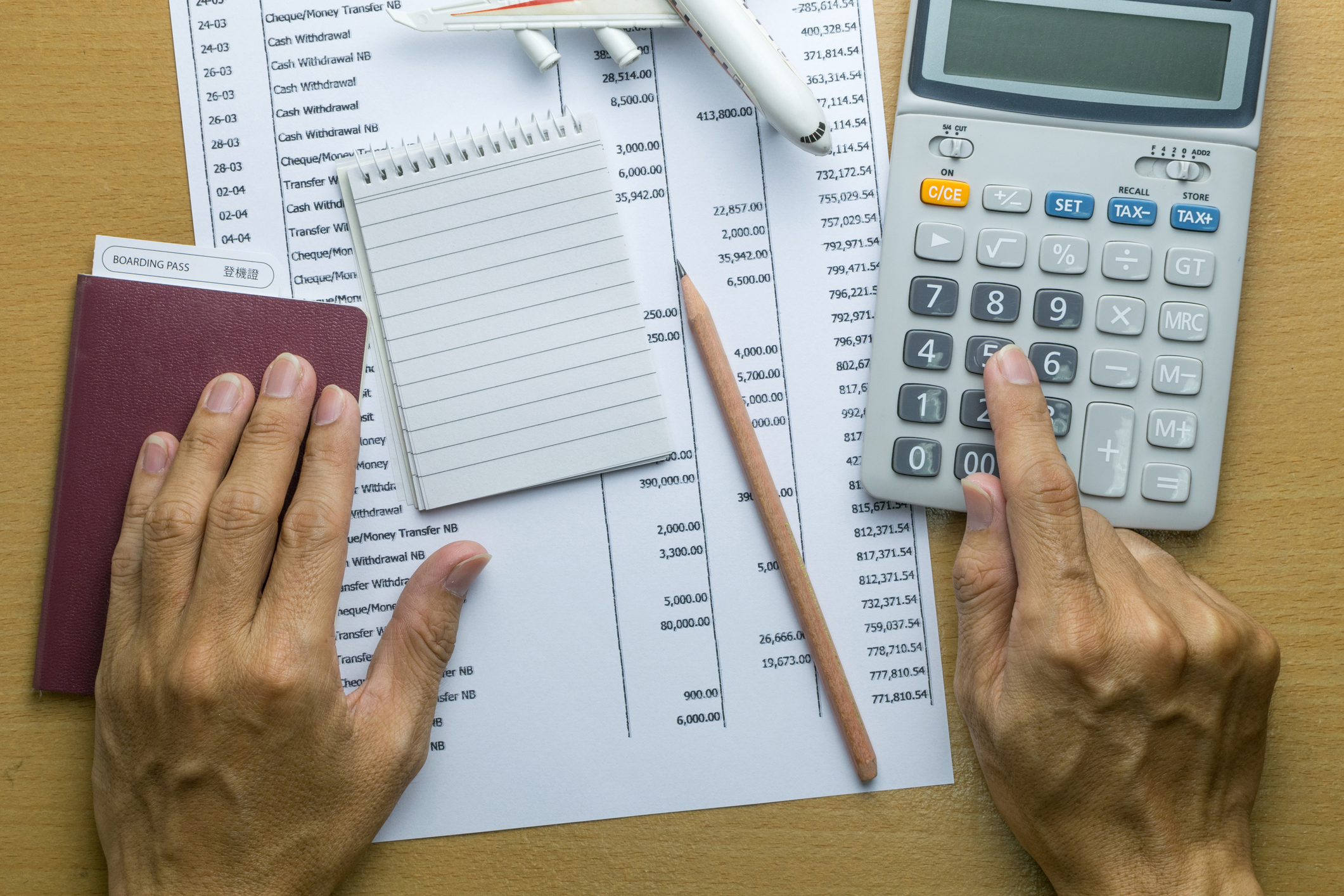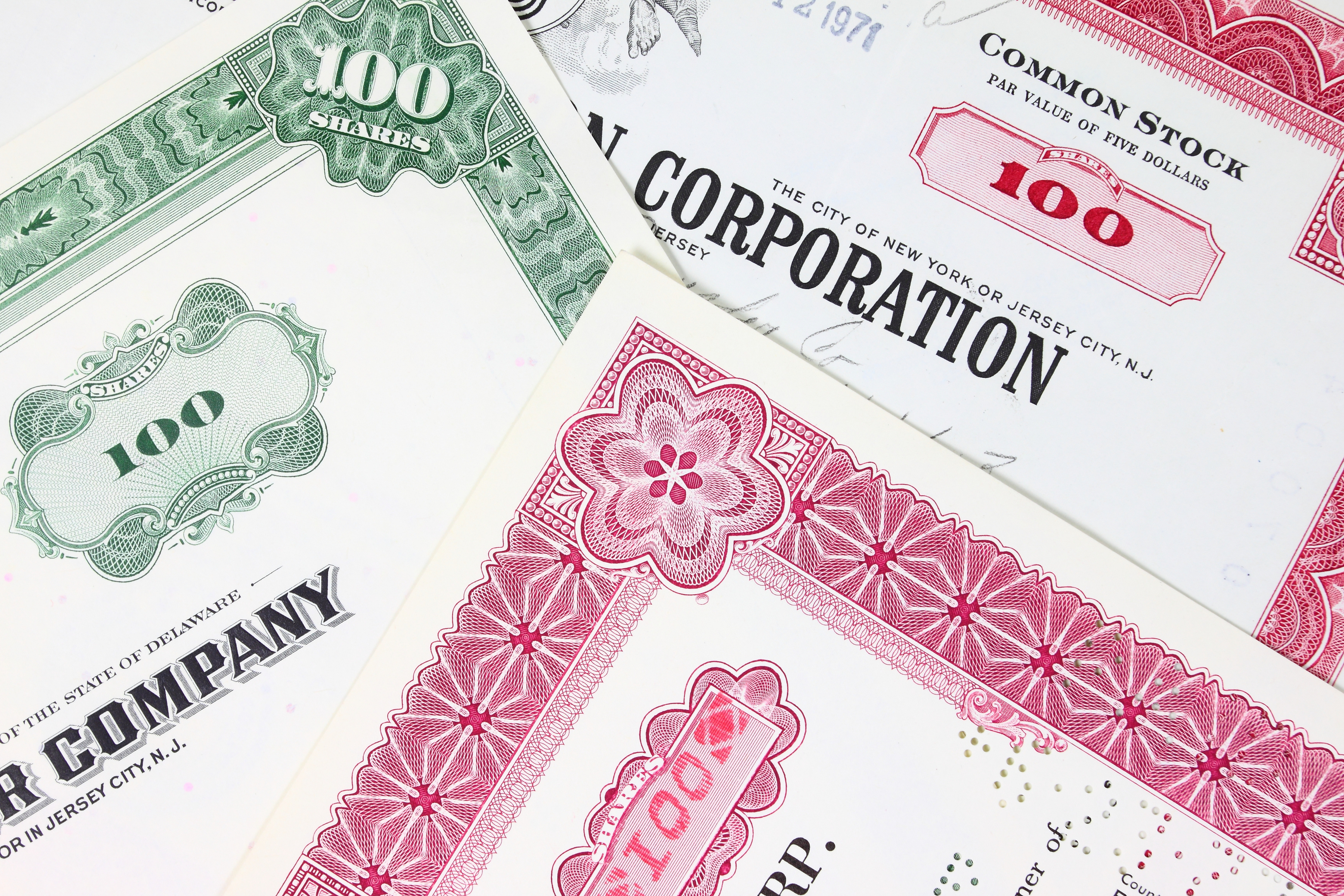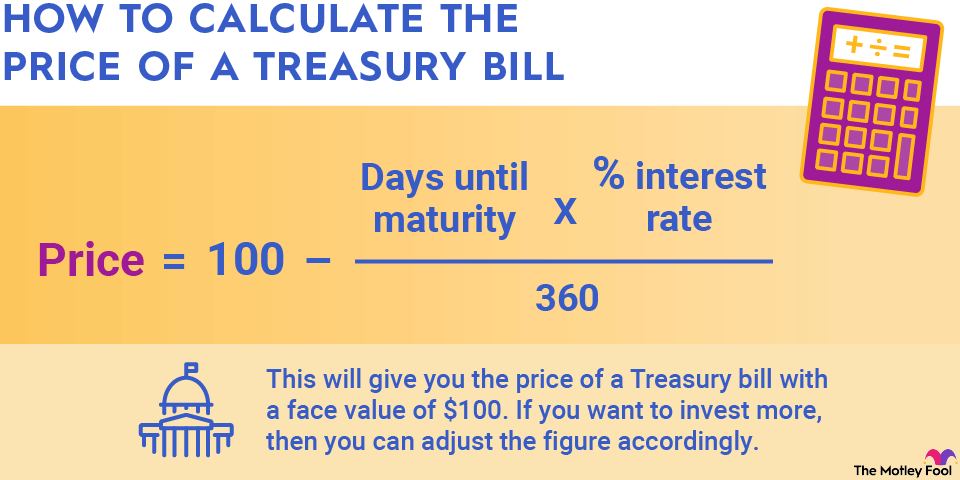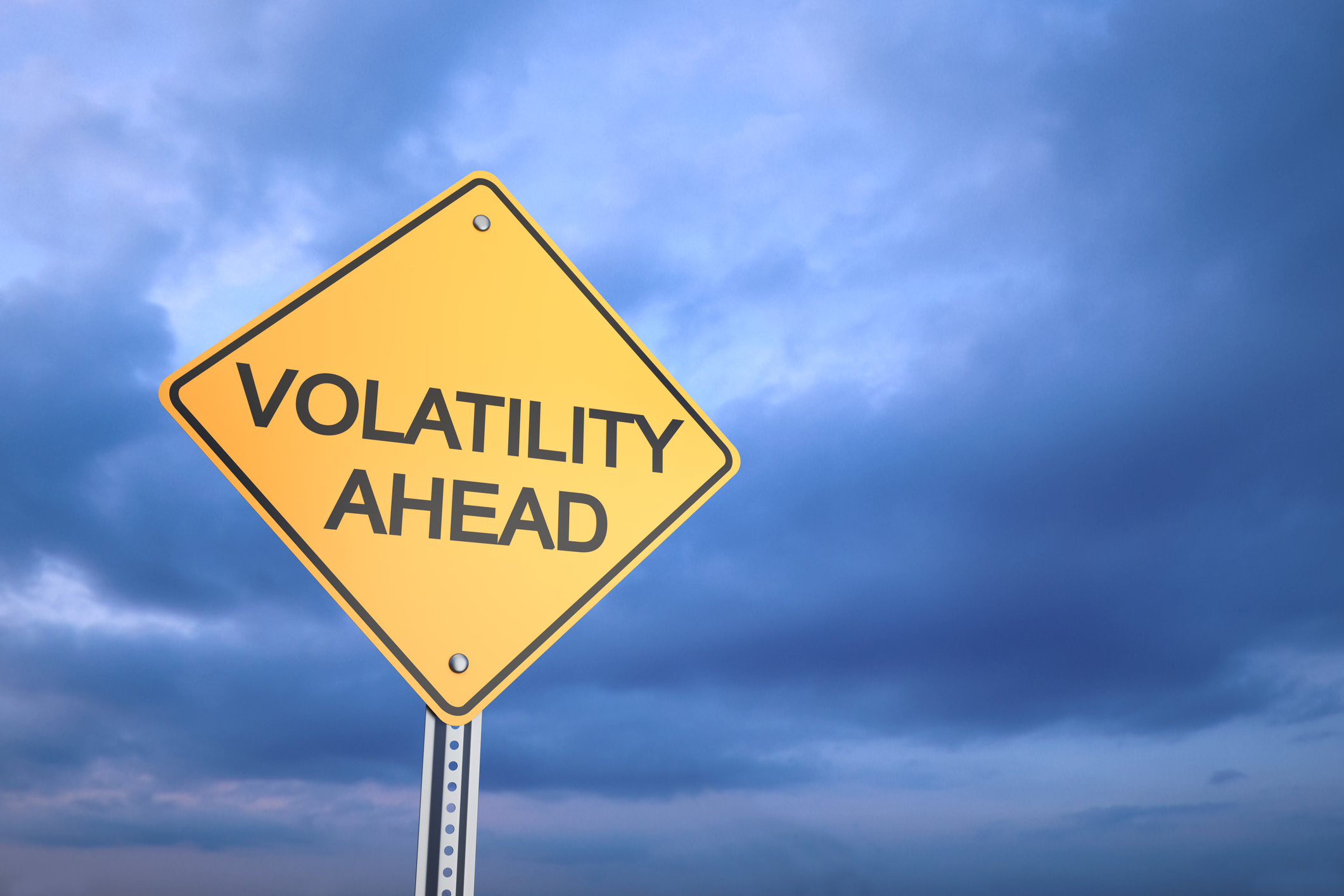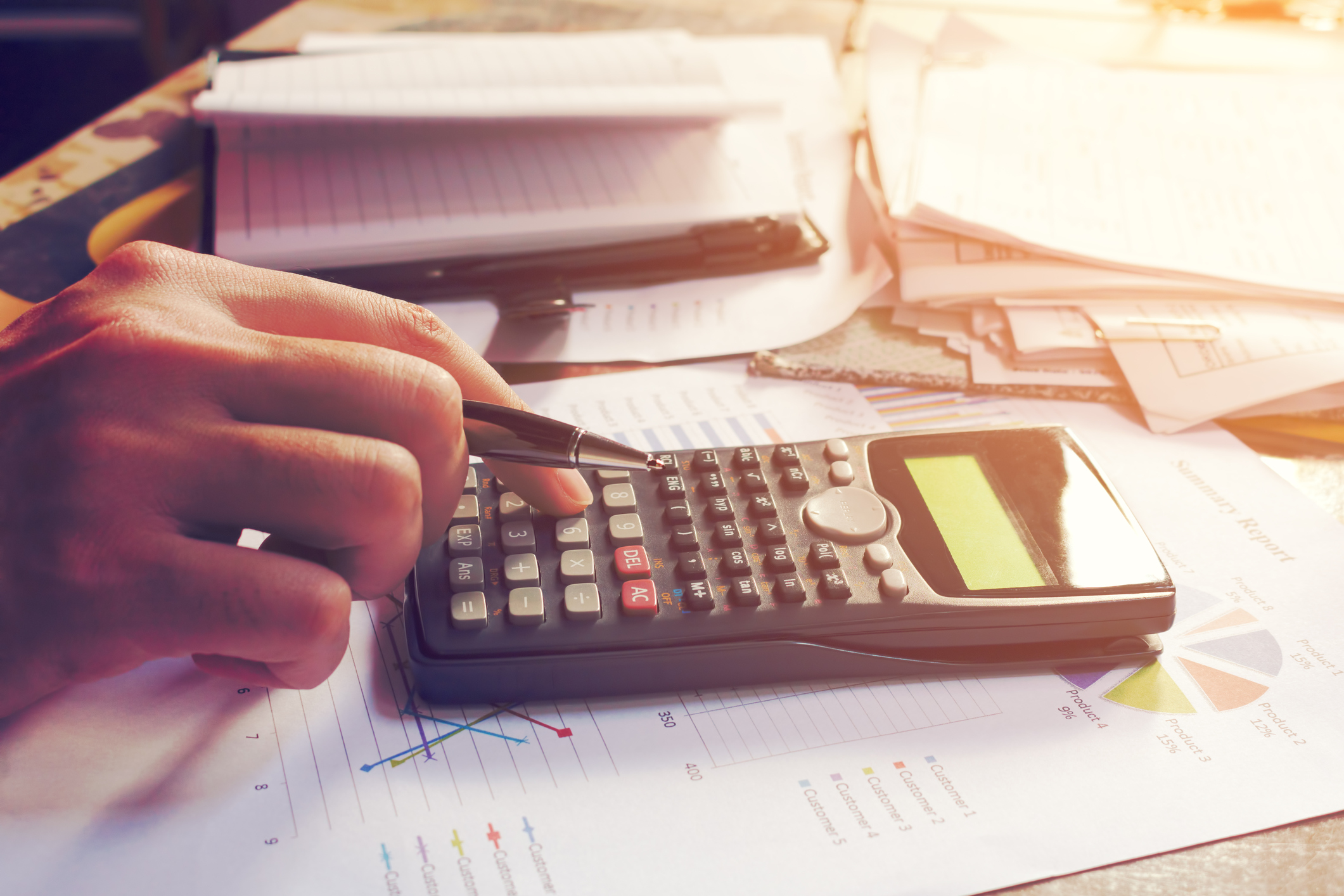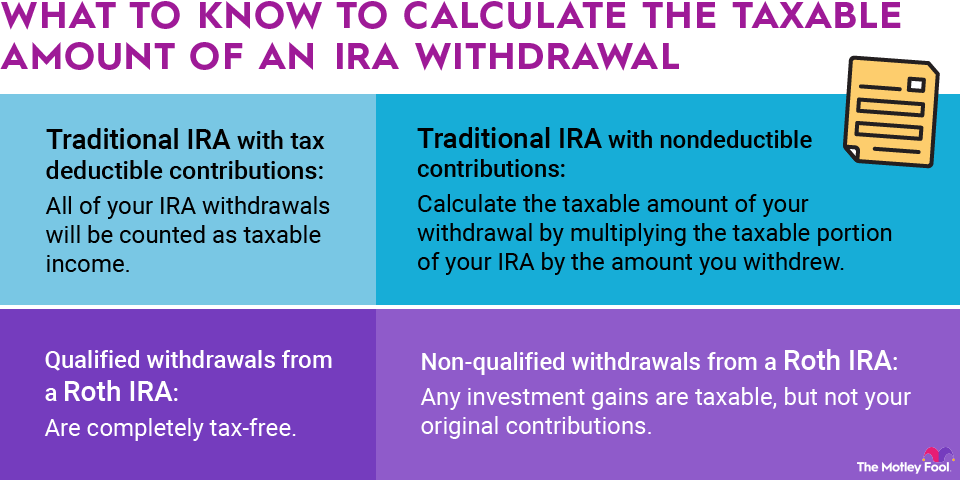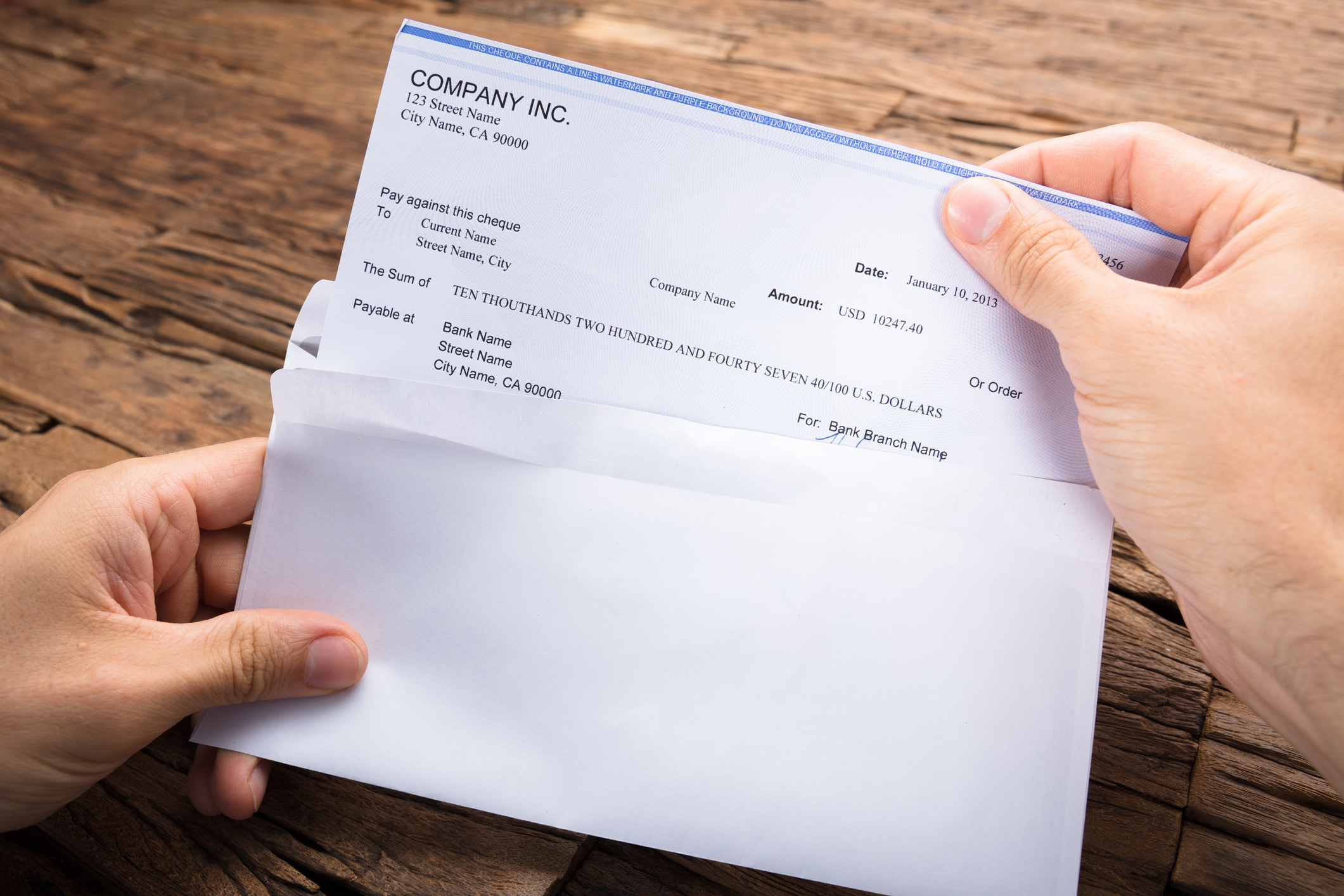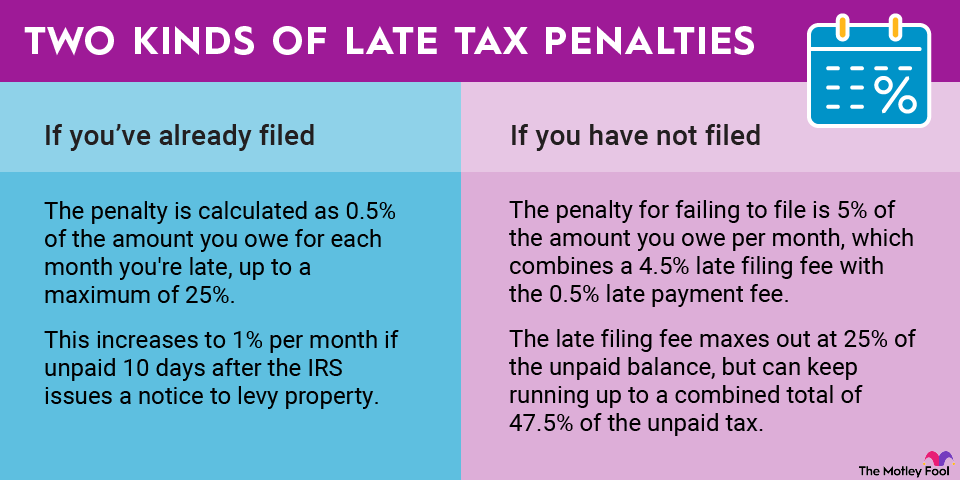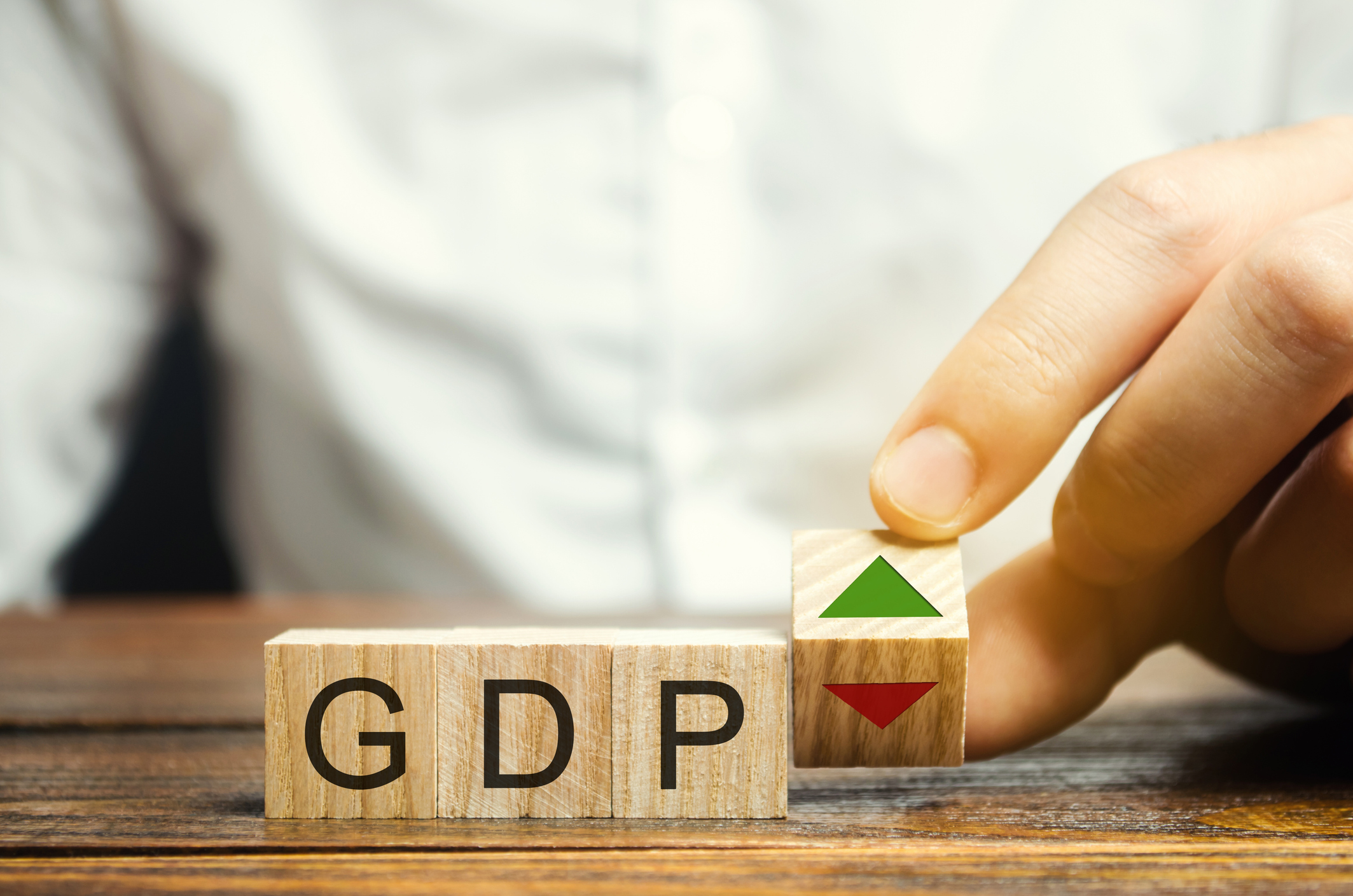If a bond is "callable," it means that the issuer has the right to buy the bond back at a predetermined date before its full maturity date. The call could happen at the bond's face value, or the issuer could pay a premium to bondholders if it decides to call its bonds early.
For callable bonds, knowing the coupon rate and yield to maturity only tells you part of the story. To make informed investment decisions, you need to know what the bond's yield would be if it were called, since oftentimes this is lower than the other yield figures might lead you to believe. With that in mind, here's how to calculate yield to call for your bonds.
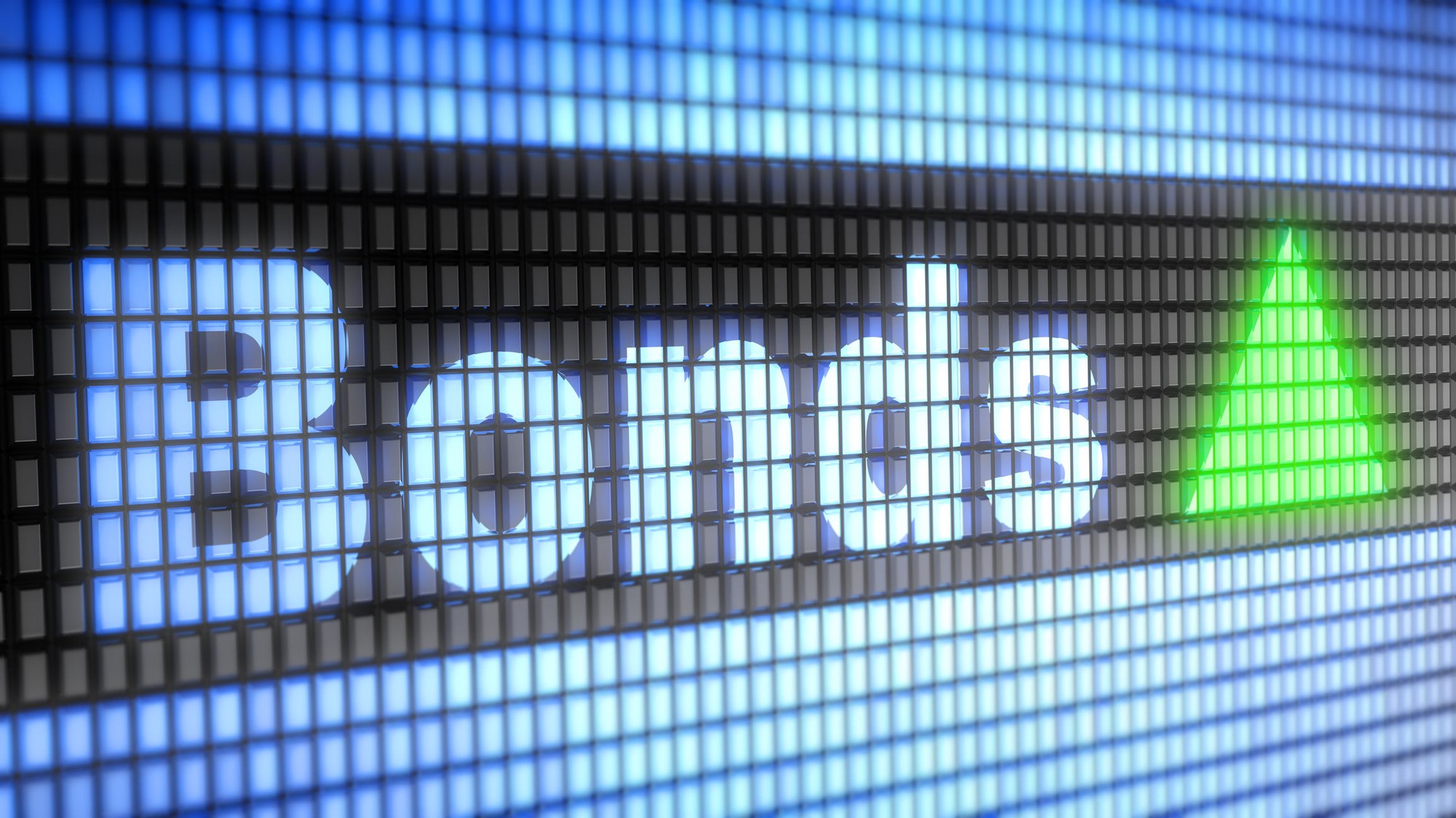
Calculating yield to call
Because bonds don't usually trade for exactly their face value or call price, calculating yield to call (YTC) has to take two main factors into account. First, there is the obvious yield that comes from the interest payments you'll get between now and the call date. In addition, there is a component of yield that comes from the difference between the bond's market price and the payment you would get if the bond were to be called.
Here is the YTC formula, followed by some information about it:
YTC = (Coupon Interest Payment + ((Call Price – Market Value) ÷ Number of Years Until Call)) ÷ ((Call Price + Market Value) ÷ 2)

Looking at the numerator of this formula, the left side (coupon interest payment) accounts for the annual dividend payments and the right side annualized the discount or premium you would pay to buy the bond. Putting this together gives you the total annual effective interest from now until the call date. Finally, dividing by the average of the call price and the market value will convert this annual interest amount into a rate. Multiply the final result by 100 to convert to a percentage.
Related investing articles
An example
Let's say you buy a bond with a face value of $1,000 and a coupon rate of 5%, so the annual interest payments are $50. The bond matures in 10 years, but the issuer can call the bond for face value ($1,000) in two years if they choose. You buy the bond for $960, a discount to face value.
Given this information, we can calculate the effective yield until the call date as follows:
YTC = ($50 + (($1,000 – $960) ÷ 2)) ÷ (($1,000 + $960) ÷ 2) = 7.1%

So, since you were able to buy this bond at a discount to par value, its yield to call is actually more than if you hold the bond to maturity. Now time to put that information to good use -- by picking an online broker and getting started investing today!
